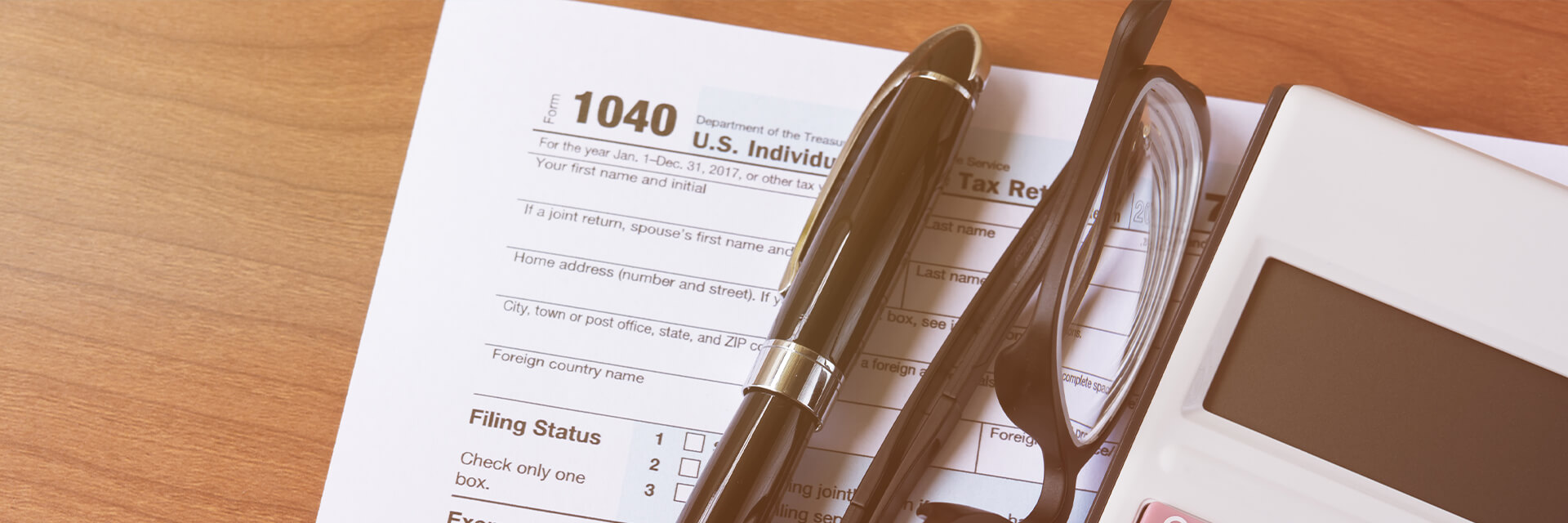
Expensing Inventory Under the Small Business Exception
- Published
- Sep 23, 2019
- Topics
- Share
Footnote 465 of JCT (Joint Committee on Taxation) Blue Book on the Tax Reform Act) states if you meet the $25M gross receipts exception and use the de minimis safe harbor election of Treas. Reg. sec. 1.263(a)–1(f), you can expense “inventory” items when paid. You would have to reflect this same method of accounting for an applicable financial statement for the $5,000 threshold or record these as expenses on the books/records for the $500 (now $2,500) threshold when there are not applicable financial statements. PLAIN ENGLISH: If you meet the $25M exception, make the election and are consistent between your treatment on tax returns and with your financial records, you should be able to expense inventory items when payment is made rather than waiting until it is sold.
Please note: This is a relatively new concept. The IRS has provided very little guidance on this matter and, at their discretion, could deny this method of accounting for inventory in the future.
Keep in mind the following: You will most likely have to file a Form 3115, as this is a change in accounting method. This will include change to overall cash method of accounting (Change 233) and exception from requirement to account for inventories under IRC Sec. 471 (Change 235).
Taxpayers need to realize that this accelerates expensing the purchasing costs and is not creating a new deduction, so the effects of this could swing from year to year, depending on level of inventory.
JCT is written by the Congressional Staff that assist lawmakers in crafting the statutes. Please note that the JCT is listed as having substantial authority under Reg Sec. 1.6662-4(d)(3)(iii) for purposes of penalty avoidance, in the event that this becomes otherwise differently addressed by the Internal Revenue Code, Treasury Regulation, etc.
Below is Footnote 465 from the JCT.
Footnote 465 - Consistent with prior and present law, a deduction is generally permitted for the cost of non-incidental materials and supplies in the taxable year in which they are first used or are consumed in the taxpayer’s operations. See Treas. Reg. sec. 1.162–3(a)(1). As the provision allows a taxpayer to treat inventories as non-incidental materials and supplies, a taxpayer may also be able to elect to deduct such non-incidental materials and supplies in the taxable year the amount is paid under the de minimis safe harbor election of Treas. Reg. sec. 1.263(a)–1(f).
Under such election, a taxpayer with an applicable financial statement that has written accounting procedures in place that treat as an expense amounts paid for property costing less than a specified dollar amount may deduct amounts paid for non-incidental materials and supplies at the time of payment if the amount paid for the property does not exceed $5,000 per invoice (or per item as substantiated by the invoice). In addition, a taxpayer without an applicable financial statement that has accounting procedures in place that treat as an expense amounts paid for property costing less than a specified dollar amount may deduct amounts paid for nonincidental materials and supplies at the time of payment if the amount paid for the property does not exceed $500 per invoice (or per item as substantiated by the invoice).
However, in either case, the taxpayer is not eligible to deduct inventory treated as non-incidental materials and supplies under this provision under the de minimis safe harbor election unless the taxpayer is also treating the amounts paid for such items as an expense in its applicable financial statement or its books and records, if the taxpayer does not have an applicable financial statement (i.e., the taxpayer is not eligible to apply the de minimis safe harbor if the amounts paid for such items are treated as inventory for financial reporting purposes). See Treas. Reg. Sec. 1.263(a)–1(f)(1)(i)(C) and (ii)(C). If a taxpayer elects to apply the de minimis safe harbor, the taxpayer must apply such safe harbor to all materials and supplies that otherwise meet the requirements of Treas. Reg. sec. 1.263(a)–1(f).
What's on Your Mind?
Start a conversation with Daniel
Receive the latest business insights, analysis, and perspectives from EisnerAmper professionals.












